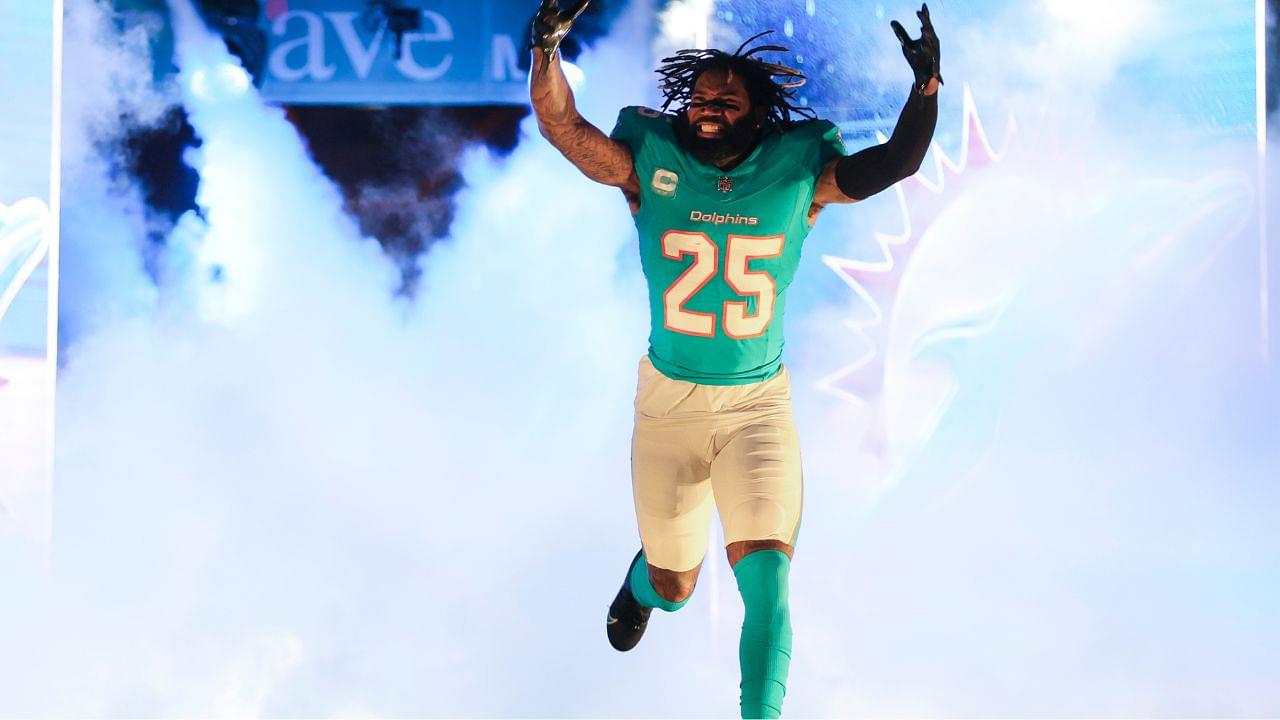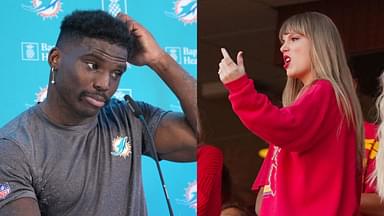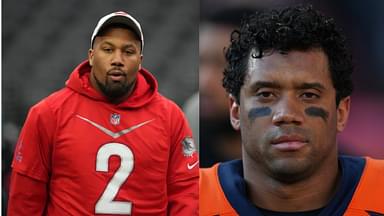The Miami Dolphins, despite boasting a top-ten offense and defense, concluded the season on a dismal note by surrendering the 2nd seed in the AFC and the division title to the Bills. Their playoff journey ended with a loss to the Chiefs in the wild-card round, exposing their offensive prowess as toothless against the reigning Super Bowl winners.
Advertisement
As they gear up for the upcoming season, noticeable changes and roster cuts are in the offing. Star cornerback Xavien Howard could be among the players departing before the start of the next season. The Dolphins find themselves over the cap space, and retaining an aging cornerback with a $18 million price tag may not align with the team’s financial strategy. In 2024, 26 players are set to become free agents if the Dolphins fail to secure funds for contract extensions.
The #Dolphins could create $18.5M in 2024 cap space by cutting or trading CB Xavien Howard post June 1st, while only taking $7.4M in dead money. The team could also create $12.9M in cap space by restructuring his contract, @XPANDSports
Howard, 30, played in and started 13 games… pic.twitter.com/xjcklLO8dt
— Tanner Phifer (@TannerPhiferNFL) February 20, 2024
Howard acknowledges the business aspect of the NFL and, despite spending eight seasons in Miami, is open to moving on, especially considering he isn’t part of the plans outlined by the new Defensive Coordinator, Anthony Weaver. Releasing Howard with a post-June 1 designation would save the team $18.5 million in cap space, with only $7.4 million counting as dead money. However, the immediate impact on the team would be limited, as cap space cannot be utilized until June 1st according to Sports Illustrated.
In the event of Howard’s departure, the Dolphins would be left with Kader Kohou, Cam Smith, and Ethan Bonner as the only cornerbacks. If they opt to acquire another cornerback, the team may need to target an affordable option in free agency, such as Eli Apple, or consider drafting a new cornerback, preferably in the 2nd round. Some notable names available in the 2nd round include Kamari Lassiter (Georgia), T.J. Tampa (Iowa State), Kalen King (Penn State), and Kris Abrams-Draine (Missouri).
Before making any signings or draft selections, the Dolphins must address their precarious cap situation, currently one of the most challenging in the league.
How Badly Placed is Miami’s Salary Cap Situation?
The Miami Dolphins find themselves in a tight spot, urgently needing to address multiple positions, including center, guard, defensive tackle, edge rusher, and possibly safety and linebacker. However, with significant existing contracts, the Dolphins are grappling with a cap space deficit of nearly $50 million as per Spotrac.
Their dead money situation ranks 9th in the NFL, exacerbated by the releases of Byron Jones, Elijah Higgins, and Cedric Wilson Jr. This challenge could intensify if they choose to place the franchise tag on defensive tackle Christian Wilkins, incurring an additional cost of $19 million.
#Dolphins can create roughly $68 million in cap room by restructuring contracts (includes 55). If they release 91, another $13 million created.
Even if they are currently $40-50 million above pending final cap, they will have $30 million to spend #finsup https://t.co/JWdKFlOqhk— dolphinslaxer (@dolphinslaxer) February 22, 2024
To fill crucial positions like center, defensive tackle, and edge rusher, tough decisions loom, especially if they aim to retain elite players. Key figures like Tyreek Hill, Tua Tagovailoa, Jalen Ramsey, and Bradley Chubb collectively consume over 40% of the cap space and are due for extensions soon. Defensive end Emmanuel Ogbah and linebacker Jerome Baker, not fitting into the plans of the new Defensive Coordinator, could be potential releases, as they together account for over $30 million in cap space.
Despite featuring the league’s best receiver in Hill and the premier cornerback in Ramsey, and fielding one of the most potent offenses reminiscent of the “Greatest Show on Turf,” the Dolphins once again disappointed. Their playoff journey ended without a win, continuing a playoff win drought since 2000. Despite five playoff appearances since then, the team has been unable to secure a postseason victory.
Assembling expensive and talented teams often comes with a short window of success before becoming financially unsustainable. Miami finds itself in a narrow timeframe to achieve success, and if it cannot do so in the next 2-3 seasons, the opportunity might slip away indefinitely.








